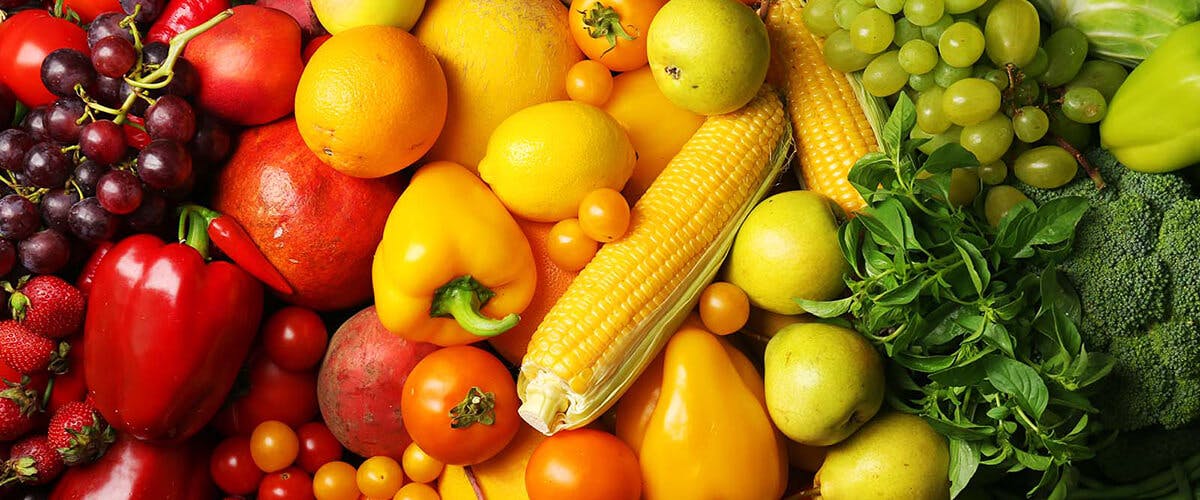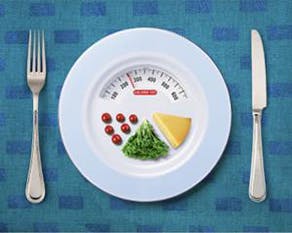Exercise and Lifestyle Factors
HEALTH & WELLNESS
10.21.2014

One of the most important – if not the most important – thing you can do to stay healthy is to maintain a healthy weight and waist circumference. Evidence indicates that your waist circumference is the most accurate predictor of your risk of developing metabolic diseases, like type 2 diabetes, hypertension, and cardiovascular diseases. This is because fat accumulating in your abdomen infiltrates your vital organs like the liver and pancreas, leading to a rapid decline in their critical functions in fat and glucose metabolism. A healthy weight and waist circumference is all about energy balance – “calories in” from the diet and “calories out” through physical activity. If you want to lose weight, you need to eat less and exercise more. No weight loss program can be successful without improved exercise habits.
Here are my tips for a healthy lifestyle, in addition to a healthful diet:
- Aim for a healthy weight, which means a body mass index (BMI) of less than 25 kg/m2 and a healthy waist circumference, meaning less than 40 inches for men and less than 35 inches for women. If you are obese, even a relatively small weight loss (10% of your current weight) can help lower your metabolic disease risk.
- Accumulate a minimum of 30 minutes of moderate-intensity exercise most days of the week. Most people can realize additional health benefits by increasing the duration of moderate-intensity exercise to an average of 60 minutes daily or by engaging in more vigorous physical activity.
- To improve muscular strength and balance and minimize bone loss, include strength-building activities, such as weight lifting, at least twice a week.
- If you smoke, make every effort to quit. Even if you have smoked for many years, quitting will result in dramatically decreased risk for chronic diseases.
- Moderate alcohol consumption is associated with reduced risk for cardiovascular diseases but increased risk for some cancers. If you drink alcohol, limit your consumption to one alcoholic drink per day for women and two for men. Avoid alcohol if you have a personal or family history of breast or colon cancer or alcoholism.
Disclaimer
This information is made available with the understanding that the author and publisher are not providing medical, psychological, or nutritional counseling services. The information is not intended as medical advice for individual problems and should not be used in place of a consultation with a competent health care or nutrition professional. Liability for individual actions or omissions based upon the information is expressly disclaimed.
Image Credits: Syda Productions/Shutterstock.com
Recommended Articles
The 5 Best Foods That Will Help Supercharge Your Brain
Amidst our busy schedule, it's important to retain our focus and memory. Resting alone is not...
Iron deficiency is a lot more common than you would think. A recent survey by SATA CommHealth(i...
Mars vs Venus: Understanding the His and Hers of Nutritional Needs
Mars vs Venus: Understanding the His and Hers of Nutritional Gaps Although their DNAs are...






